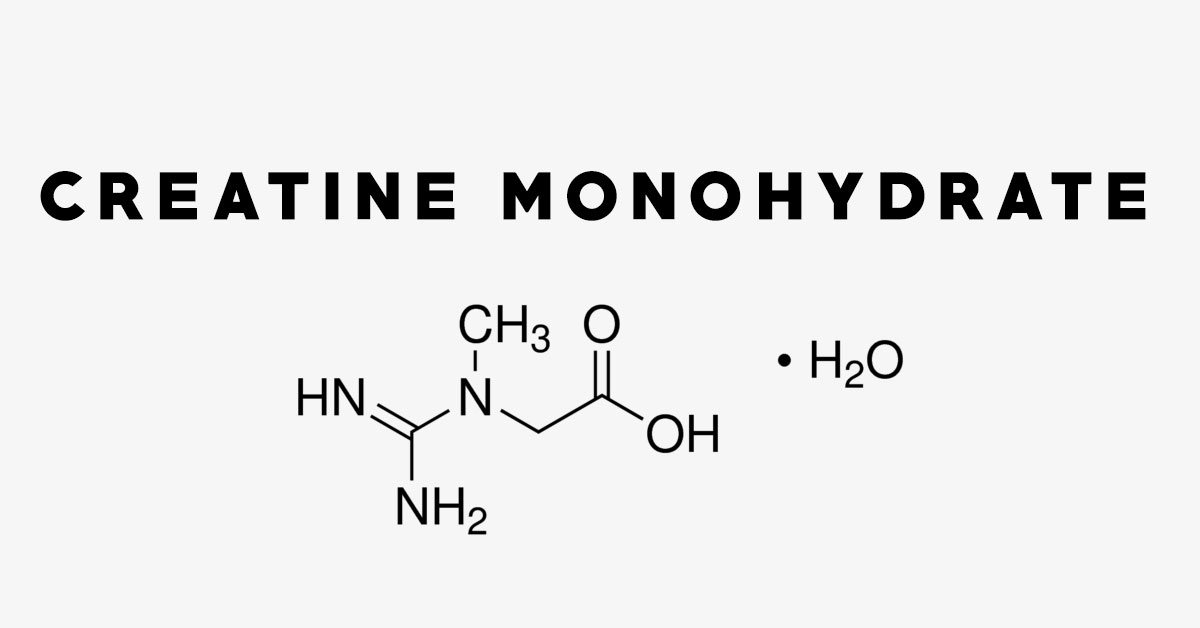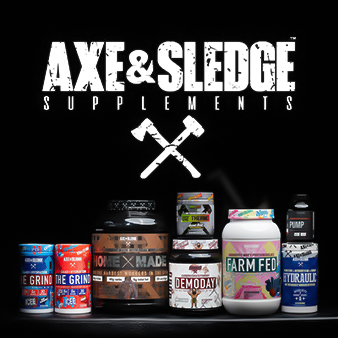
Creatine Monohydrate
Creatine Monohydrate is a molecule which is found primarily in skeletal muscle. It donates a phosphate in order to quickly produce more ATP during exercise.
Uses of Creatine Monohydrate
So unless you have been living under a rock for the past couple of decades, we’re certain that you have heard of Creatine. There is so much information on Creatine out there, that us writing about it is kind of like a drop in the bucket. Either way, we have to start this off by stating that Creatine is one of the most proven supplements on the market.
To make it simple, what makes Creatine beneficial for lifting is that it facilitates the recycling of ATP, which is known as the “currency of the cell”. ATP is the first energy your body uses while lifting, after that has been used, which usually doesn’t take long, Creatine Phosphate is used afterwards, which is broken down into ATP quickly. When you supplement with Creatine, your goal should be to reach saturation. Once you’ve reached this, think of it as if your tank is full.
Creatine Monohydrate is the most common form of creatine you’ll find, and it has all of the research to back it up. Creatine has been shown in studies to be great at increasing strength and performance. There is a reason Creatine is usually the first supplement recommended to new lifters.
One thing we have to mention, is that Creatine is no miracle supplement. While it has been shown to be beneficial for performance purposes, it will not magically make you stronger. Expect some added reps to your main lifts with some increased endurance. Don’t expect to suddenly gain 20lb to your bench press overnight.
Interactions with Creatine Monohydrate
Creatine Monohydrate is found in many products, but you’ll usually find it in pre-workouts and as a standalone.
In pre-workouts, you’ll most likely find it with ingredients such as Betaine Anhydrous, Beta-Alanine, and Peak O2.
Side Effects of Creatine Monohydrate
Creatine Monohydrate is considered safe when taken responsibly, however some side effects include nausea, upset stomach, and diarrhea may occur in some.
One of the easiest ways to avoid water retention issues that may come with Creatine, is to drink plenty of water.
Recommended Creatine Monohydrate Dosage
A standard dose of Creatine Monohydrate is 3g-5g per day. Some may suggest loading Creatine at 15-20 grams per day to reach saturation quicker. This method is unnecessary, although not wrong. Just expect some cramping if you choose to do so.
Timing does not make much difference, so take Creatine whenever it is convenient for you.
One thing we have to mention, is that you will sometimes hear people say that you can get Creatine from foods such as steak or fish. To get the equivalent of 5g per day of Creatine from red meat, you would have to eat upwards of 3lb of it per day… raw!
Recommended Supplements Featuring Creatine Monohydrate
The following products contain Creatine Monohydrate at the recommended dosage, and are recommended supplements for Fitness Informant:







